Once upon a time, food as medicine wasn’t such a
strange idea—Hippocrates himself vouched for it. And while you may not
expect your meals to hold as much importance in an era when doctors can
do face transplants, food is still vital for mental and physical
well-being.
“Our bodies have a remarkable capacity to heal, and what we
eat can help with that,” says Travis Stork, MD, co-host of The Doctors
and a practicing board-certified emergency-medicine physician. The
thought that diet enhances mood and wellness may be age-old, but the
scientific proof is brand-new. So turn your grocery list into an Rx for
what ails you, using this latest research as your guide.
Superfoods that heal
1. Fight a UTI: Cranberry juice
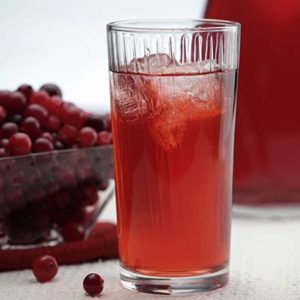
It’s not merely a sweet mixer
for boozy beverages. Studies show that the go-to preventive remedy for
UTIs isn’t just the stuff of folklore. Past research has focused on
compounds in cranberries (and blueberries) called proanthocyanidins,
which were found to keep bacteria from attaching to bladder cells and
causing infection.
Now new research from McGill University demonstrates
yet another way that the humble cranberry may be a woman’s best friend:
“In lab studies, cranberry prevented the bacteria from producing a
specific protein called flagellin, which is necessary for growing the
tails that enable them to swim up the urinary tract and attach to
cells,” explains lead study author Nathalie Tufenkji, PhD. Look for
products with cranberry juice listed in the first three ingredients.
2. Fight a UTI: Parsley tea
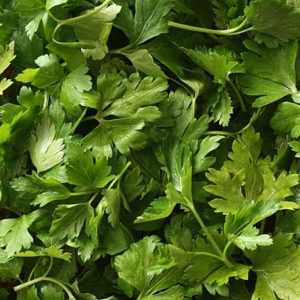
Lab research suggests why you
should eat the parsley-sprig garnish on your plate (and then some): It’s
been shown to be an antibacterial force against the germs that cause
urinary tract infections—even some of those that have demonstrated
resistance to antibiotics. Next time you feel the dreaded twinge of a
UTI, try this: Boil some water, steep a bunch of parsley in it for 10
minutes and then drink up, recommends Param Dedhia, MD,
internal-medicine physician at Canyon Ranch Resort and Spa, in Tucson,
Ariz. Repeat throughout the day.
3. Clear allergy fog: Berries, apples, onions
Consider these foods a
garden-variety allergy pill. It’s thanks to a compound called quercetin,
which has shown promise in test-tube studies done at Tufts University
for preventing immune cells from releasing the histamines that cause
those familiar symptoms.
4. Clear allergy fog: Nuts and seeds
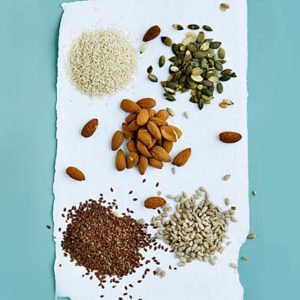
Got itchy eyes and sneezing
fits? Make like a squirrel and stock up on nuts and seeds. Almonds,
peanuts and sunflower seeds (and even some vegetables) are chock-full of
vitamin E, which studies suggest may help reduce the allergic response,
explains Today show nutrition expert Joy Bauer, RD. A German study
found that people with diets high in vitamin E had a lower risk of hay
fever than those who weren’t getting as much of it. The RDA for adults
is 15mg, the amount in about 2 ounces of sunflower seeds—perfect for
powering up a salad.
5. Soothe joint and muscle pain: Tart cherries

Athletes swear by the
anti-inflammatory powers of tangy “sour-pie” cherry juice to reduce
after-workout soreness. In a study from Oregon Health & Science
University, runners who drank 12 ounces of the tart stuff twice daily
for a week before a race (plus on the day of the event) reported less
post-run pain than those who had a cherry-flavored placebo drink.
6. Soothe joint and muscle pain: Fatty fish
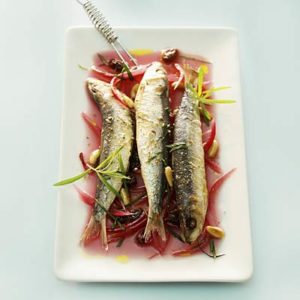
It’s like oil in the Tin Man’s
joints: The omega-3 fatty acids in fish such as salmon and sardines can
help get stiff knees working again. A recent meta-analysis of research
found that taking omega-3s daily reduced joint pain and a.m. stiffness
enough to allow patients with rheumatoid arthritis to reduce NSAID use.
7. Survive cold season: Kale, spinach, yams, pumpkin, carrots
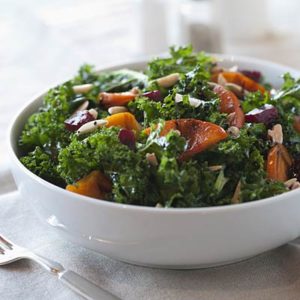
Vitamin A is the VIP here,
keeping mucous membranes moist and healthy so germs can’t get past them,
says David Katz, MD, founder of the Yale University Prevention Research
Center and author of Disease-Proof: The Remarkable Truth About What Makes Us Well
8. Survive cold season: Fermented foods

What do yogurt, kimchi (Korean
cabbage), kefir (a fermented milk drink), miso and tempeh (made from
fermented soybeans) have in common? They all contain beneficial
bacteria, aka probiotics, which can help keep your immune system strong,
explains Siona Sammartino, a nutritionist and natural foods chef in
Seattle, WA.
A Swedish study found that having a daily probiotic drink
cut workplace sick days by 55 percent. And a Cochrane meta-analysis of
10 studies found that probiotics worked better than placebos for
reducing upper respiratory infections. Not into yogurt? Say cheese: Many
aged raw-milk cheeses (such as Edam, Gouda or feta) are good sources of
probiotics, notes Sammartino.
9. Survive cold season: Tuna, halibut, turkey

Don’t subsist only on salads
during the winter months. Getting an insufficient amount of selenium can
mean that you’re missing out on a key player in immune function.
Selenium helps build up white blood cells—particularly those responsible
for killing bacteria and viruses, even the flu.
Animal studies have shown that selenium deficiency not only leads to
more severe flu symptoms but also enables mild flu viruses to mutate
into more virulent strains. Just one serving of halibut or sardines
gives you more than 60 percent of your RDA and provides you with
mood-boosting omega-3 fatty acids.
10. Curb heartburn: Whole grains and fiber

‘Tis the season for
overindulging—and heartburn. But adding in more veggies and replacing
refined grains like white rice and pasta with their whole-wheat
counterparts might help you survive the holidays reflux-free.
The
secret? The high insoluble-fiber content gets things moving, explains
Ronald Primas, MD, clinical instructor of medicine at Mount Sinai
Hospital, in New York City: “The more fiber you eat, the less time food spends in the stomach, which helps keep food and acid from coming back up.”
Source: healthdigezt.com














0 comments:
Post a Comment